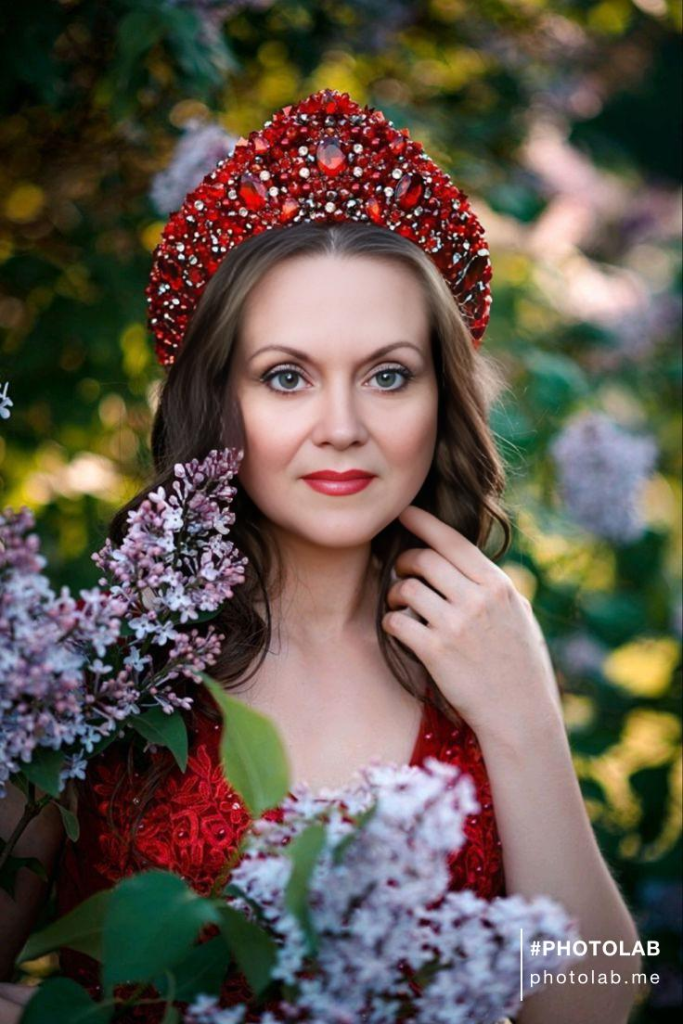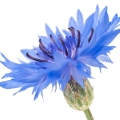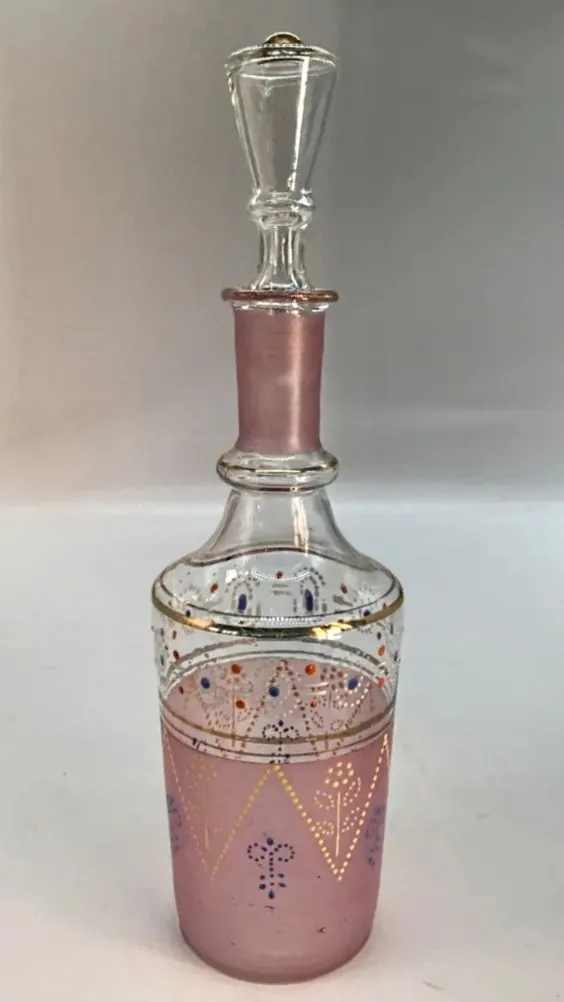Новая Заря: Персидская Сирень – New Dawn: Persian Lilac (1889)
«Персидская Сирень» – это ароматическая композиция от Новой Зари, история которой начинается в 1889 году.
Persian Lilac is an aromatic composition created by New Dawn, its story begins in 1889.
Парфюм «Персидская Сирень» было решено выставить на Парижской выставке, где аромат завоевал гран-при и практически моментально начал выпускаться на серийной основе.
The perfume «Persian Lilac» was presented at the Paris exhibition. This fragrance won the Grand Prix and is produced on a serial basis, still today.
Сегодня «Персидская Сирень» считается одним из самых популярных ароматических творений, пользующихся спросом у публики даже через столько лет.
Today, «Persian Lilac» is considered one of the most popular aromatic creations, in demand by the public even after so many years.
Секретом успеха композиции стало использование натуральной эссенции персидской сирени наивысшего качества, с добавлением аккордов гвоздики и ландыша, боярышника и гелиотропа.
The secret of the composition’s success is using the natural essence of Persian lilac in its highest quality, in addition to carnation and lily of the valley, hawthorn and heliotrope.
Сирень персидская (лат. Syringa persica) — кустарниковое растение, вид рода Сирень (Syringa) семейства Маслиновые (Oleaceae). Цветки бело-лилового или белого цвета, душистые.
Persian lilac (lat. Syringa persica) is a shrub plant, a species of the genus Lilac (Syringa) of the Olive family (Oleaceae). The flowers are white-lilac or white and fragrant.
Цветение персидской сирени начинается в мае и продолжается вплоть по июнь месяц. Плодоносит в июле – августе.
The flowering of Persian lilac begins in May and continues until the month of June. The fruits appear in July – August.
Артур Гарипов: Белая Сирень
Расцвела сирень за окном,
Вся в цветах белоснежных сияет,
Тёплый ветер дурманом пленён.
Всё кружит лепестки обнимая.
Озаряет лучами закат,
Алым светом макушки лелеет,
Наряжая в вечерний наряд,
Полусонную зелень деревьев.
Artur Garipov: White Lilac
Lilac blossomed outside the window,
Аll shiny with white blossoms,
Soft wind, captivated by aroma,
Whirls around, hugging petals.
Sunset illuminates with rays,
Cajoles treetops with scarlet light,
Dressing in evening clothes
Green trees, already half asleep.
Что означает сиреневый цвет?
воображение – глубину – таинственность – творчество – чувствительность
What does the lilac colour express?
imagination – depth – mystery – creativity – sensitivity
Сиреневый цвет помогает успокоиться, снизить давление, наладить связь с подсознанием.
Lilac colour helps to calm down, reduce pressure, establish a connection with the subconscious.
На языке флористики сиреневый считается символом привязанности, примирения, верности.
In the language of floristry, lilac is considered a symbol of affection, reconciliation, fidelity.
Что оттенок означает в одежде?
Лиловый преобладает в гардеробе тех, кто постоянно стремится к идеалу.
What does this shade symbolize in clothing?
Lilac prevails in the wardrobe of those, who constantly strive for an ideal.
Это люди со своей твердой позицией, не зависящие от мнения окружающих.
These are people holding on to their own firm position, not dependent on other people’s opinions.
Они склонны к увлечениям мистикой и эзотерикой.
Lovers of lilac are prone to hobbies like mysticism and esotericism.
Также любители фиолетового предпочитают шумной толпе уединение. Они привязаны к дому.
Also, lovers of lilac prefer solitude to a noisy crowd. They are tied to the house.
Они находятся в постоянном поиске себя и своего места.
They are in constant search of themselves and their place.
Человек, который предпочитает лиловый цвет в гардеробе, в глазах окружающих выглядит, как незаурядная личность – осознающий собственную уникальность – креативный – замкнутый и глубокий – обладающий развитым чувством эмпатии – уравновешенный и стрессоустойчивый.
A person who prefers lilac-coloured clothes, looks in the eyes of others like an outstanding personality – aware of her own uniqueness – creative – closed and deep – possessing a developed sense of empathy – balanced and stress-resistant.

Если вы желаете обратить на себя внимание и при этом сохранить долю загадочности, тайны, подчеркнуть свое стремление к постижению мудрости, несомненно стоит пополнить шкаф сиреневыми вещами.
If you want to draw attention to yourself and at the same time preserve a sense of mystery and secrets, if you desire to comprehend wisdom, you should definitely replenish your wardrobe with lilac-coloured clothing.
























































































































































































































































_REFON.jpg/270px-Ip%C3%AA_(Avar%C3%A9)_REFON.jpg)


Debe estar conectado para enviar un comentario.